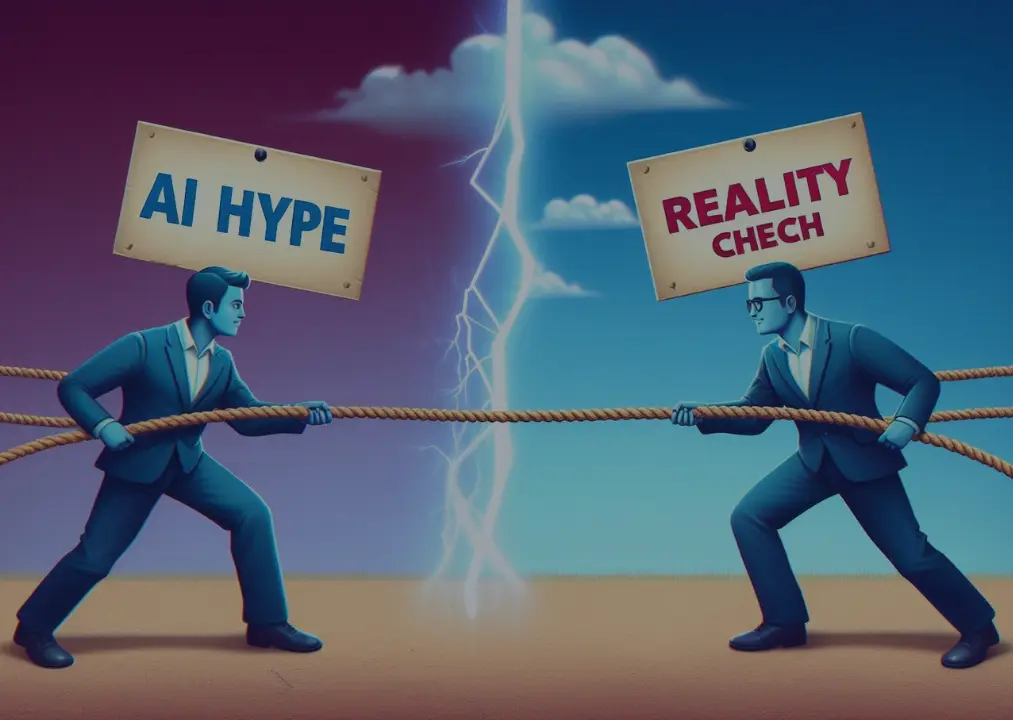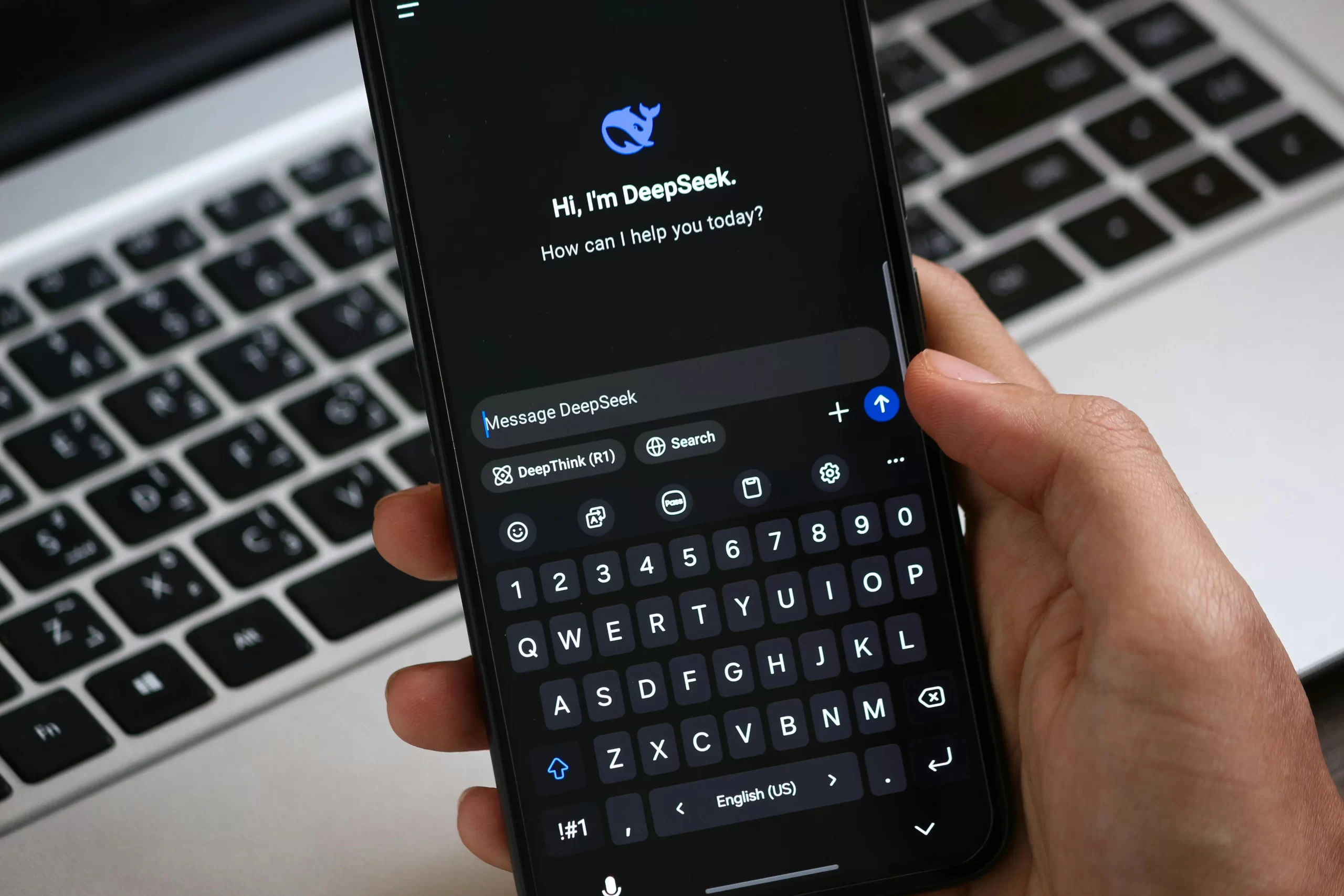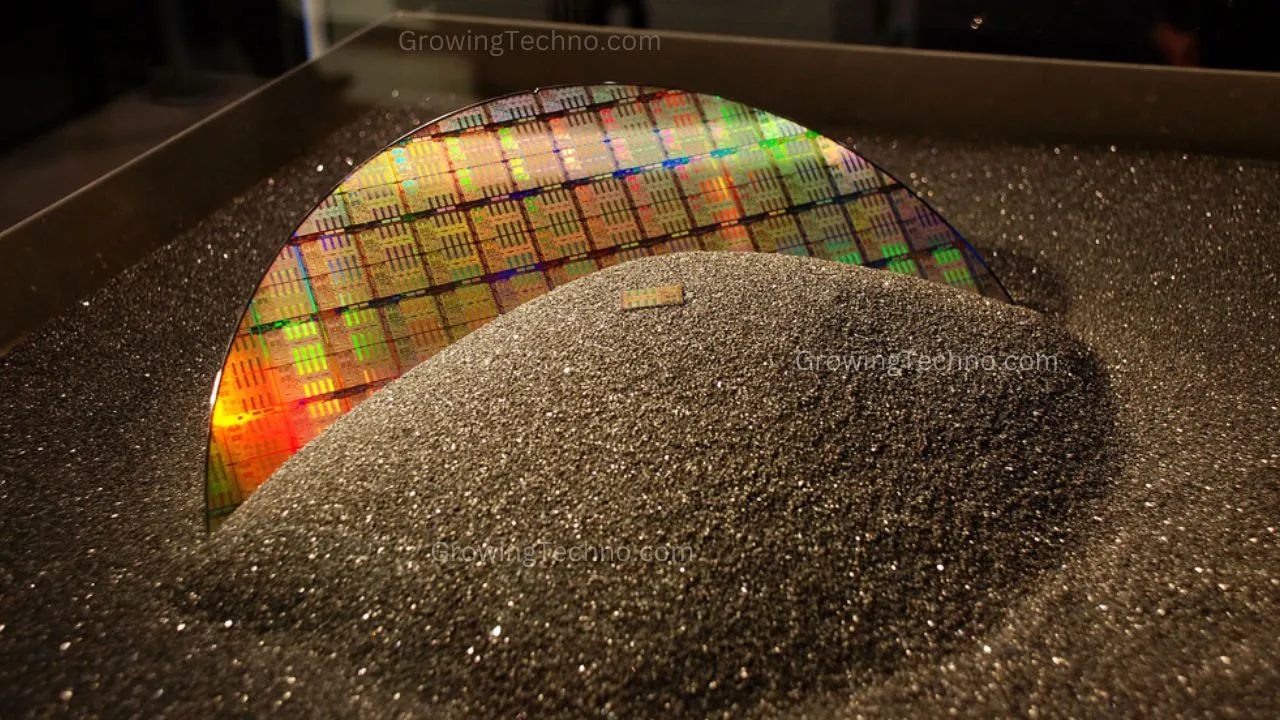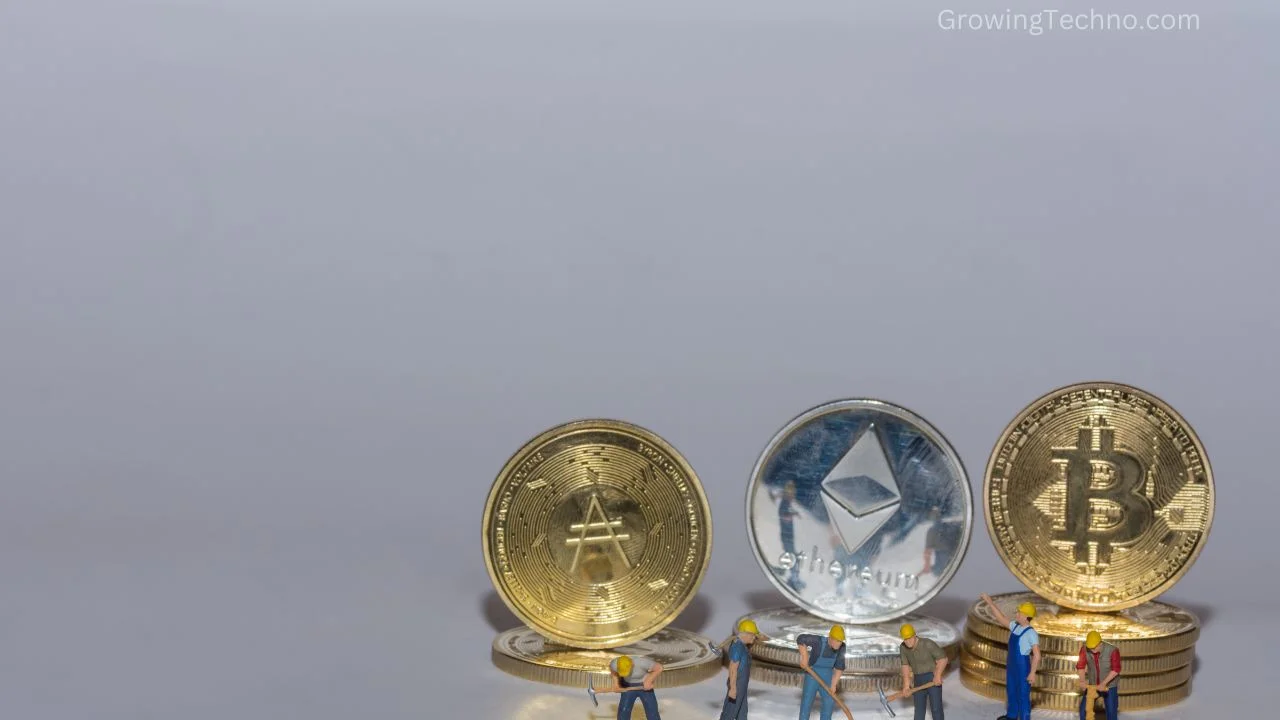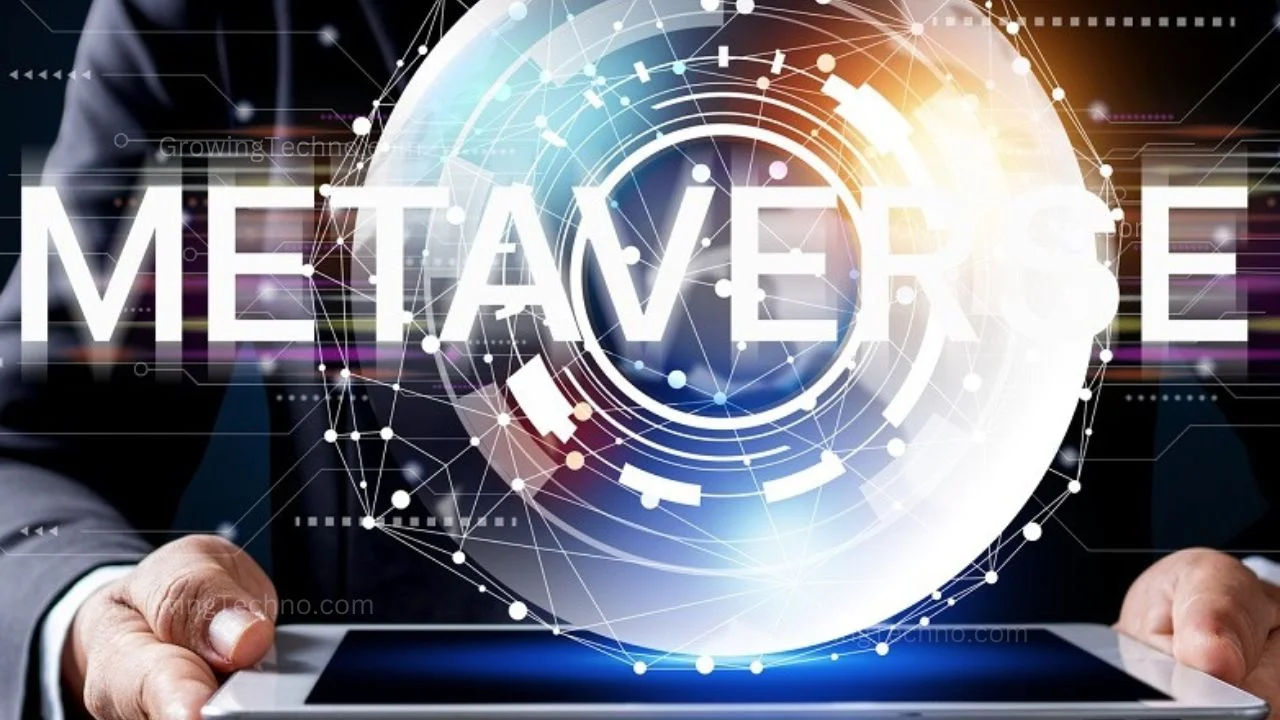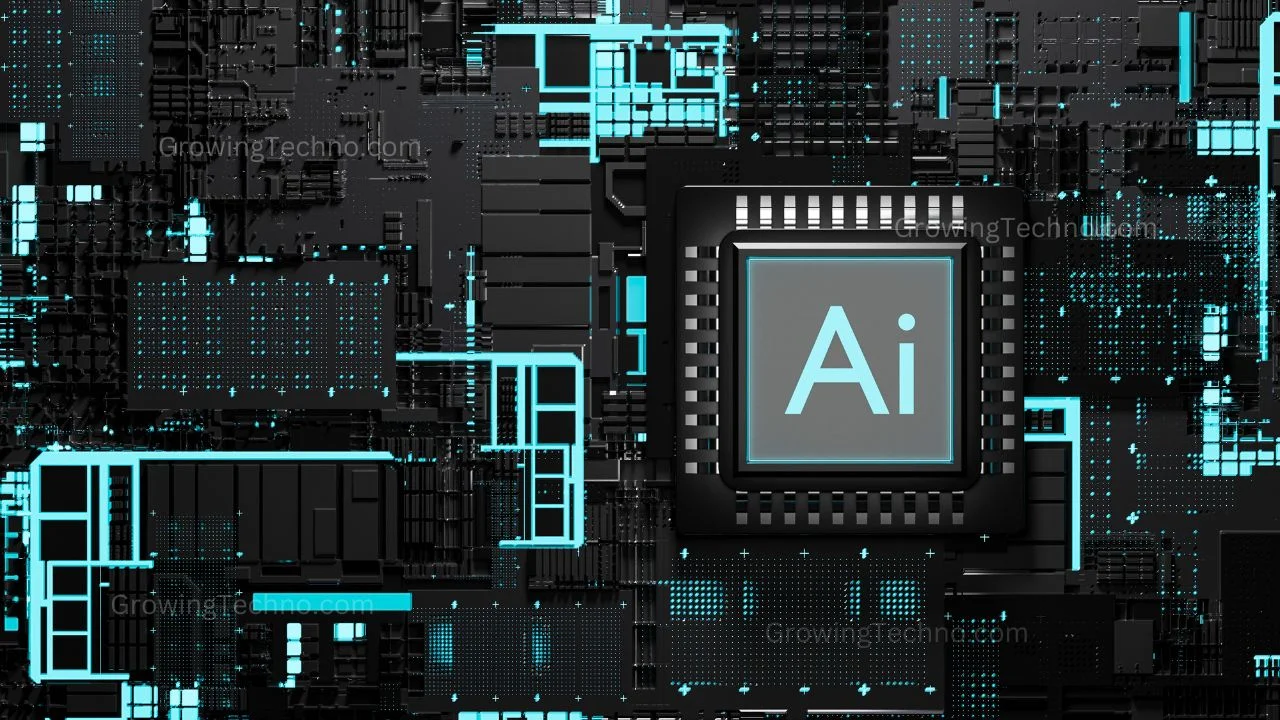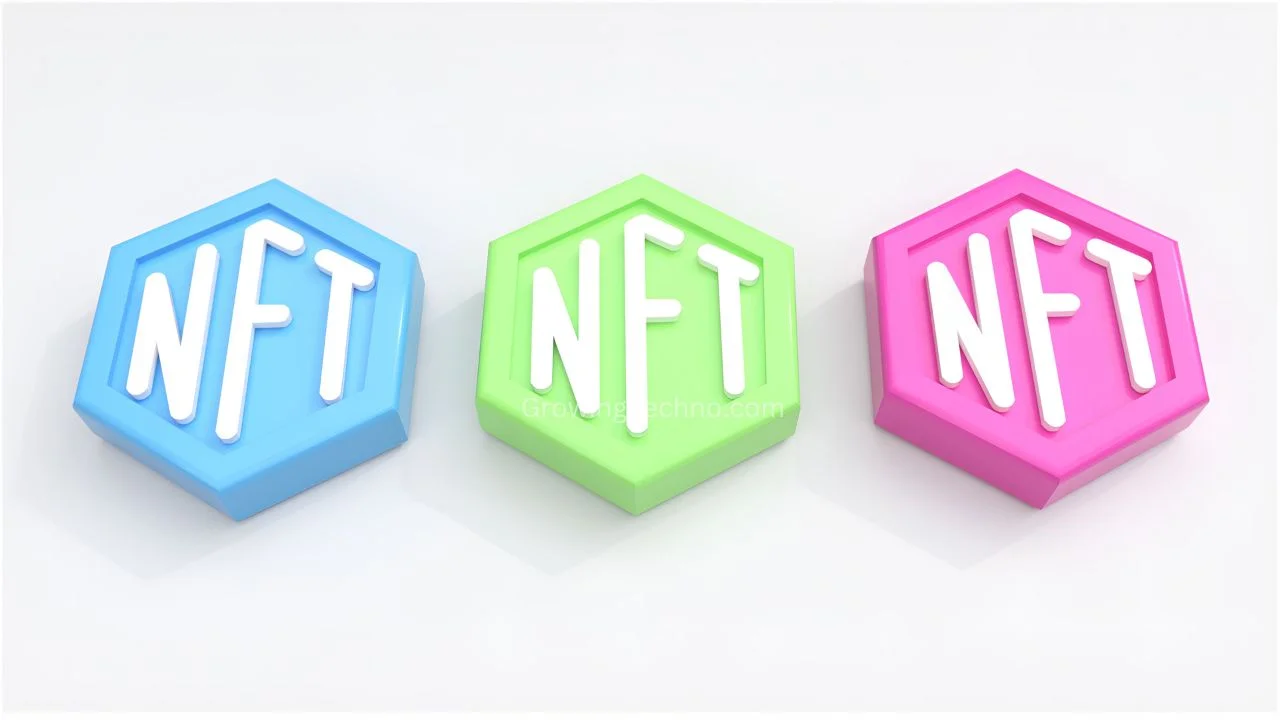
In the rapidly evolving landscape of digital assets, Non-Fungible Tokens (NFTs) have emerged as a groundbreaking phenomenon. From art to virtual real estate, NFTs have transcended traditional boundaries, revolutionizing ownership and digital expression. In this article, we delve into the captivating journey of NFTs, exploring their evolution, impact, and the diverse realms they now encompass.
The Genesis of NFTs
The concept of NFTs can be traced back to 2012 when computer scientist and cryptocurrency enthusiast J.R. Willett introduced the idea of tokenizing digital assets on the Bitcoin blockchain. However, it was Ethereum, a blockchain platform designed to support smart contracts, that truly unlocked the potential of NFTs. Ethereum’s compatibility with the ERC-721 standard allowed developers to create unique, indivisible tokens, giving birth to the NFT revolution.
Digital Art: NFTs as Masterpieces
One of the earliest and most prominent use cases of NFTs has been in the world of digital art. Artists and creators can now tokenize their digital creations, turning them into scarce, provably unique assets. This transformation has redefined ownership, allowing buyers to possess a piece of the digital realm.
NFTs in the Art World: A Paradigm Shift
The art world, often characterized by physical exhibitions and auction houses, was quick to embrace NFTs. Renowned artists, such as Beeple, sold NFT artworks for millions of dollars, challenging traditional notions of art ownership. Galleries and museums began to curate NFT exhibitions, solidifying their place in the art ecosystem.
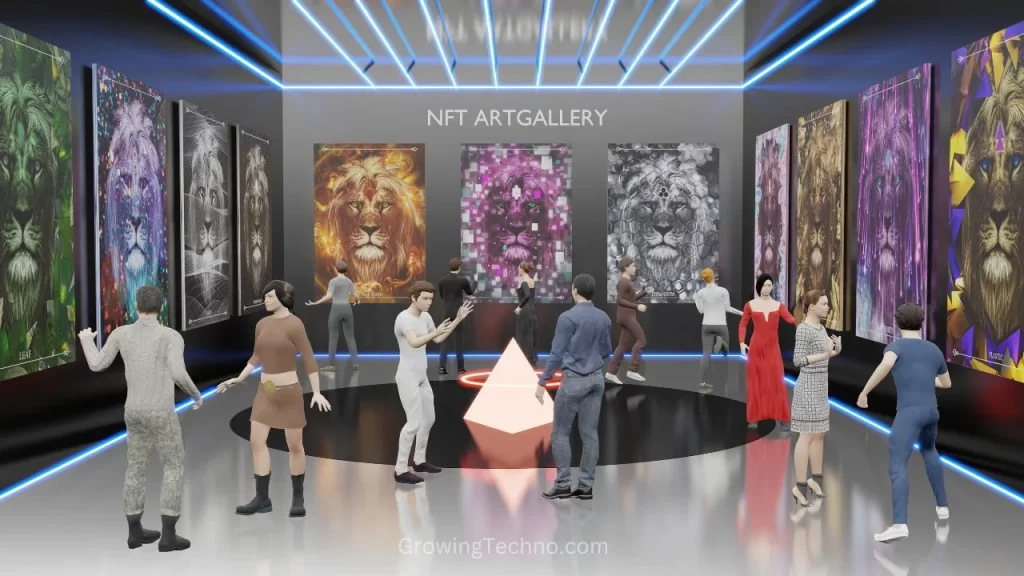
Music and NFTs: New Avenues for Musicians
Musicians, too, found NFTs to be a game-changer. NFTs allow artists to monetize their music directly, bypassing intermediaries and ensuring that creators receive a fair share of the revenue. Rare music collectibles and concert experiences have become sought-after NFTs.
NFTs in Gaming: Virtual Real Estate and Beyond
The gaming industry has been at the forefront of NFT innovation. In virtual worlds like Decentraland and The Sandbox, users can purchase virtual real estate represented as NFTs. These digital lands can be developed, traded, and monetized, creating an entirely new dimension of the metaverse.
Virtual Real Estate: An Expanding Universe
Virtual real estate in the metaverse is a fascinating use case for NFTs. Users can buy, sell, and develop virtual properties, fostering creativity and investment opportunities. Blockchain technology ensures transparent ownership records and secure transactions.
Sports and Collectibles: NFTs Score Big
NFTs have made a significant impact in the sports world as well. Athletes and sports organizations have tokenized moments and collectibles, offering fans a chance to own a piece of sports history. From iconic slam dunks to championship rings, NFTs have added a new dimension to sports memorabilia.
NFTs Beyond Entertainment: Real-World Applications
NFTs are not limited to the realms of art, music, and gaming. They have practical applications in industries like real estate, supply chain management, and identity verification. NFTs can represent property deeds, authenticate luxury goods, and streamline complex processes.
Challenges and Considerations: Scalability and Environmental Concerns
While NFTs offer unprecedented opportunities, they also face challenges. Scalability issues have led to high gas fees on the Ethereum blockchain, limiting accessibility. Moreover, the environmental impact of energy-intensive proof-of-work blockchains has raised concerns.
The Future of NFTs: Innovations on the Horizon
The NFT space continues to evolve. Layer-2 solutions aim to address scalability, making NFTs more accessible. Additionally, environmentally friendly blockchains like Ethereum 2.0 and other emerging platforms offer sustainable alternatives. Innovations such as “social tokens” and blockchain-based identity solutions are shaping the NFT landscape.
Found this helpful? Share the wisdom!


